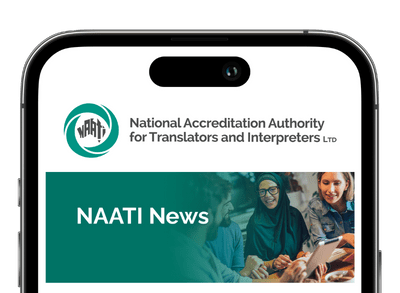The subject of this week’s post is NAIDOC Week and its 2020 theme of ‘Always was, Always will be.’ It is an opportunity for us to reflect on the importance of all cultures, the value of Indigenous peoples, and the part we play in Reconciliation.

NAIDOC originally stood for ‘National Aborigines and Islanders Day Observance Committee’ and can trace its origins to the emergence of Aboriginal groups in the 1920′s. Groups which sought to increase awareness in the wider community of the status and treatment of Aboriginal and Torres Strait Islander Australians.
The idea behind NAIDOC goes back to a letter written by William Cooper that was aimed at Aboriginal communities and at churches. It was written on behalf of the Australian Aborigines Progressive Association, an umbrella group for a number of Aboriginal justice movements.
The association gathered together a wide circle of Indigenous leaders, and in 1937 they were preparing for what would become the famous Day of Mourning in 1938. It not only sparked a very effective one-off protest, but it also stimulated a national observance that was at first championed by churches and is now a national celebration.
Part of William Cooper’s letter reads:
The Australian Aborigines’ Progressive Association (AAPA) of New South Wales has called on all aborigines in the advanced stages of civilisation and culture to observe a DAY OF MOURNING concurrently with the white man’s DAY OF REJOICING to celebrate the 150th year of the coming of the white man to Australia.
The aborigines, by this means, hope to call the attention to the present deplorable condition of all aborigines, of whatever stage of culture, after 150 years of British rule. It is expected that such action will create such sympathy on the part of the whites that full justice and recompense will follow.
So, on Australia Day, 1938, protestors marched through the streets of Sydney, followed by a congress attended by over a thousand people. One of the first major civil rights gatherings in the world, it was known as the Day of Mourning.
From 1940 until 1955, the Day of Mourning was held annually on the Sunday before Australia Day and was known as Aborigines Day. It wasn’t until 1955 that Aborigines Day was moved to the first Sunday in July, and the focus was shifted from just a protest day to also be a celebration of Aboriginal culture.
And of course, it has now grown into a week of celebration, each year with its unique theme. In 2020 this theme is ‘Always Was, Always Will Be’, and it recognises that First Nations people have occupied and cared for this continent for over 65,000 years.
You can find out more about this year’s theme at Always.
Importantly, NAIDOC 2020 invites all Australians to embrace the true history of this country – a history which dates back thousands of generations.
Times have certainly changed since the Day of Mourning in 1938; we are living in a more enlightened Australia and find ourselves beyond sympathy, and in a place of actively seeking reconciliation.
At NAATI we have recently started the journey to create our first Reconciliation Action Plan. It is early days, but for an organisation with the vision of ‘a connected community without language barriers’ we are wholeheartedly committed to an inclusive Australia.
And we will reveal more about this work in future posts.
So, what of Woggabaliri? It’s a game, but it could also be a metaphor for our path to Reconciliation.
Woggabaliri is recognised by the Australian Sports Commission as one of the oldest Indigenous ball games, with the key objective to keep the ball in the air. In 2010, Football Federation Australia referenced the game in its 2022 FIFA World Cup bid, citing its similarity to soccer as part of Australia’s national heritage.
The name for this game was taken from the Wiradjuri language for ‘play’ (woggabaliri). This language was spoken or understood by many Aboriginal groups in central and southern New South Wales. Find out more at NSW Office of Sport.
But I have included it here because it was known to be a cooperative game, played by a single team. Perhaps a suitable vision for a united Australia on its quest for Reconciliation – all peoples, working together to keep a lofty ambition in the air and active.
Let me finish with a statement that embodies this notion of working together on Reconciliation, and one you will see every time you receive an email from us:
‘NAATI acknowledges and pays respect to Aboriginal and Torres Strait Islander peoples as the traditional custodians of this land and speakers of its first languages.
In the spirit of reconciliation, NAATI acknowledges the richness that Indigenous, international and signed languages bring to Australia and the role interpreters and translators play in connecting us all.’
